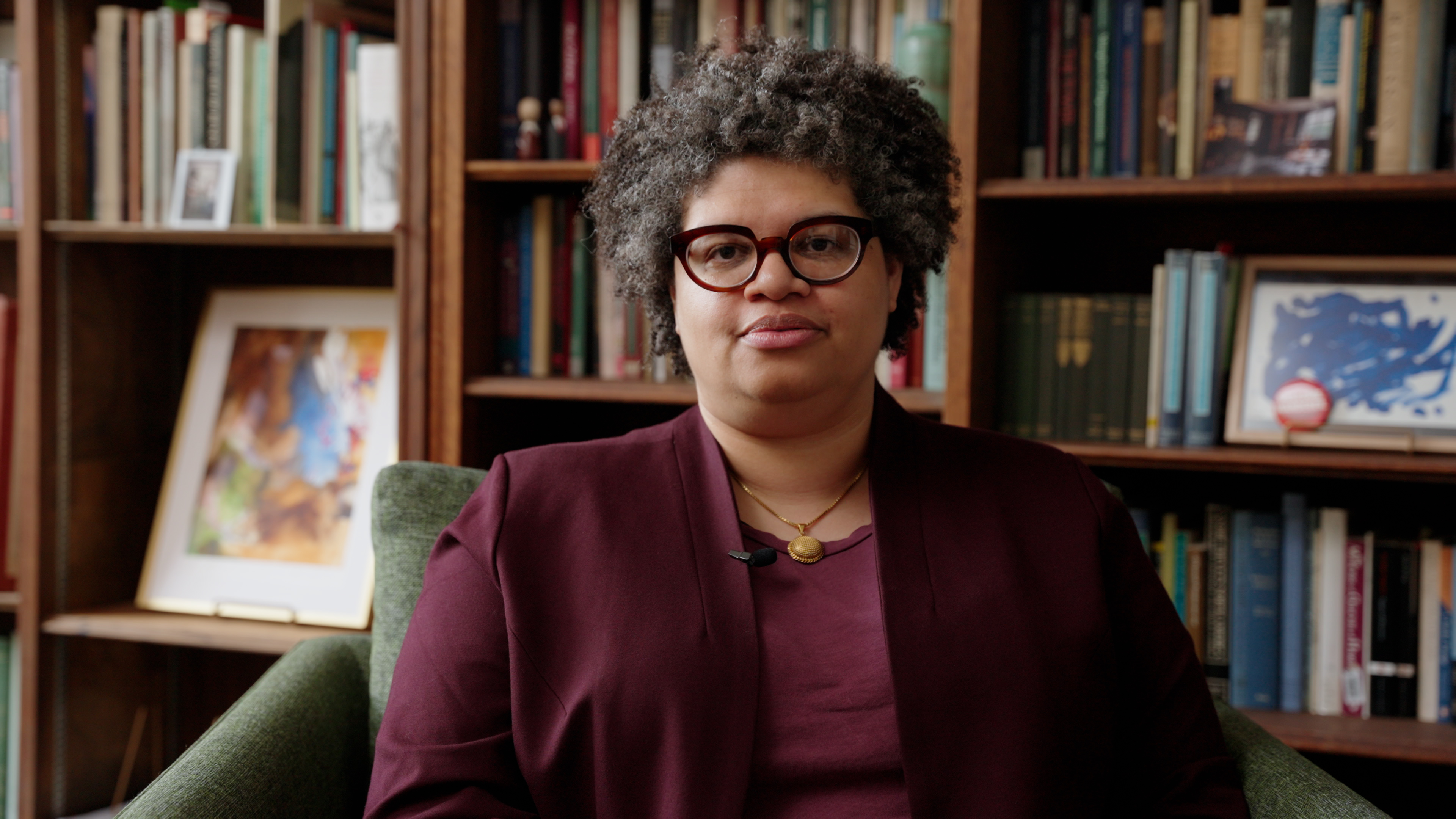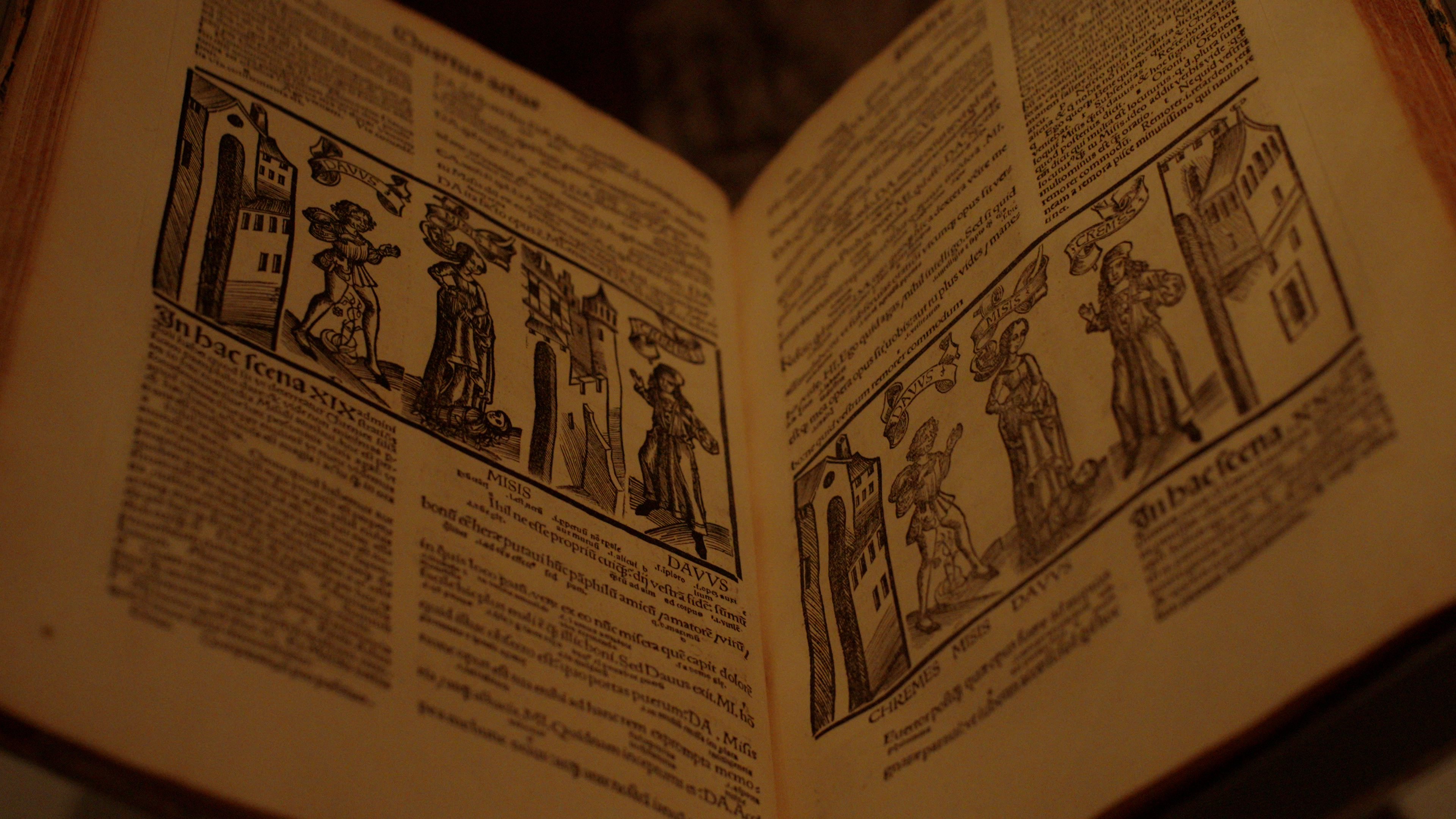Akhimie, Patricia. "Editing early modern texts." Throughlines. Throughlines.org/suite-content/editing-early-modern-texts. [Date accessed].

The work of editing early modern texts is never neutral. Editorial decisions establish perspectives while also modernizing punctuation and spelling, all influencing the interpretation and understanding of the text at hand.
To give students hands-on approaches to reading through and understanding editorial influence in modern editions of texts, Patricia Akhimie assigns her students a series of editing activities. In these activities, students are given interpretive and editorial authority over premodern texts. Students become editors, critics, and meaning-makers and are required to pay attention to the mediations of their own editorial choices.
Identifying the editorial process
Students begin by reading two editions of Romeo and Juliet Act 1, Scene 2. They identify meaningful differences and then create their own edited version of the scene.
Students must articulate a rationale for every change they make. “If you're going to remove a comma,” Akhimie insists, “you better know why.” Further, students are encouraged to consider how textual variance challenges their beliefs about the singularity and ubiquity of a Shakespeare play.
Comparative editing: Romeo and Juliet, Act 1 Scene 2
- Compare two early modern versions of the scene.
- Identify the textual differences—what changes, what stays, and why might these differences matter?
- Create your own edited version of the scene.
- Write a rationale for each editorial choice.
Editing an early modern play
After students become familiar with the types of decisions editors make, and how those decisions influence the meaning of the text, they are then ready to expand their skillset by editing a lesser-known early modern play. These plays should be chosen from plays that have not yet received a disciplinary editorial spotlight.
Students, usually in groups, become contemporary (sometimes the first) editors of these lesser-known plays, and thus must make editorial decisions that do not have centuries of precedence.
This assignment is in part a translation project: students are tasked with making the play legible for contemporary readers. But the goal is transformation, more than accessibility. Students write an introduction to their edition of the work, construct a descriptive dramatis personae, and annotate the play with explanatory footnotes.
Through these activities, students become conscious of making critical interventions as well as shaping interpretation.
“There is no authority except you,” Akhimie tells her students.
In a field where students are usually the consumers of centuries of accumulated criticism, this reorientation is often liberating.
Editing an early modern play assignment
- Select a play that lacks a modern edition.
- Prepare the text for a contemporary audience:
- Write an introduction situating the play historically and thematically.
- Construct a dramatis personae with character descriptions.
- Annotate the text with explanatory footnotes (language, allusions, historical context).
- Optionally, create a “SparkNotes”-style companion with scene summaries and thematic notes.
- Reflect on the editorial process: What interpretive frameworks guided your decisions? How might your edition shift a future reader’s understanding?
Through the process of editing a play themselves, students learn to see how texts are shaped by history, evolving cultural preferences and practices, and ideology.
By analyzing editorial choices, students begin to ask their own questions: What do editorial choices reveal or obscure? What politics are embedded in the footnote, the gloss, the cut? And when students see the contours of editorial choices—by practicing making editorial choices themselves—they access a richer understanding of literature across editions and temporalities.
Further learning
Recommended

Blackness and Shakespeare's sonnets
Shakespeare’s works at large, and early modern literature more broadly, all deal with constructions of race. Shakespeare’s sonnets are especially fruitful for considering how the languages of fairness and darkness are used in nuanced ways to develop particular understandings of race.





